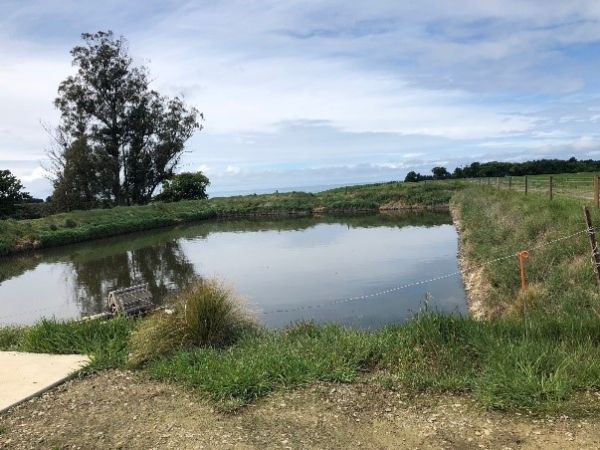The issue
Previous research has identified significant unintended water loss (surface runoff and groundwater recharge) on pallic soils, predominately on hillslopes, under spray irrigation. This water loss accounts for approximately 12% of the water applied. The processes which leads to such water loss, and the solutions to limit these losses are not effectively understood. Currently estimates for groundwater recharge from spray irrigation have a high degree of uncertainty. Additionally, the environmental footprint, particularly the effects on water quality, associated with irrigation to pallic soils on sloping lands is presently unknown.
The approach
This project will establish a field-site to collect information that will allow existing models to better quantify water movement through pallic soils in rolling hill countries. This programme will run in parallel with a consortium of university, crown and regional government funded programmes that also seek to answer specific scientific queries about this type of irrigation. The project team includes soil scientists, surface and ground water modellers and hydrologists. Existing soil water models or modelling approaches will be identified for use in the project. A series of trials will then be established for the purpose of providing calibration and validation data that will improve estimates of water flux on hill slopes
Model parameterisation will be based on site survey data. A series of irrigation events, intensive sampling of soil water content and drainage volume and quality measurements will occur in this project. This information will be used to develop a more long-term modelling approach. The data will be used to develop models and to allow for upscaling from point and hillslope to larger spatial scales.
This is a multi-year project. The project approach outlined above covers year-one only.
Resources and tools
As a part of the project, data collected shall be shared with other CRIs, regional council and the farmer via NIWA data tools such as NEON and IrriMate web portal.
The project is funded through the Strategic Science Investment Fund from the Ministry of Business, Innovation and Employment. Outputs from the project will include:
- a high resolution (8x8 m grid) distributed soil-water model that describes soil water dynamics on irrigated pallic soils
- better understanding of pallic soil response to irrigation
- interpretation of model results to produce recommendations for increased water-use efficiency in irrigating pasture on pallic soils

